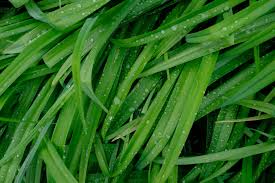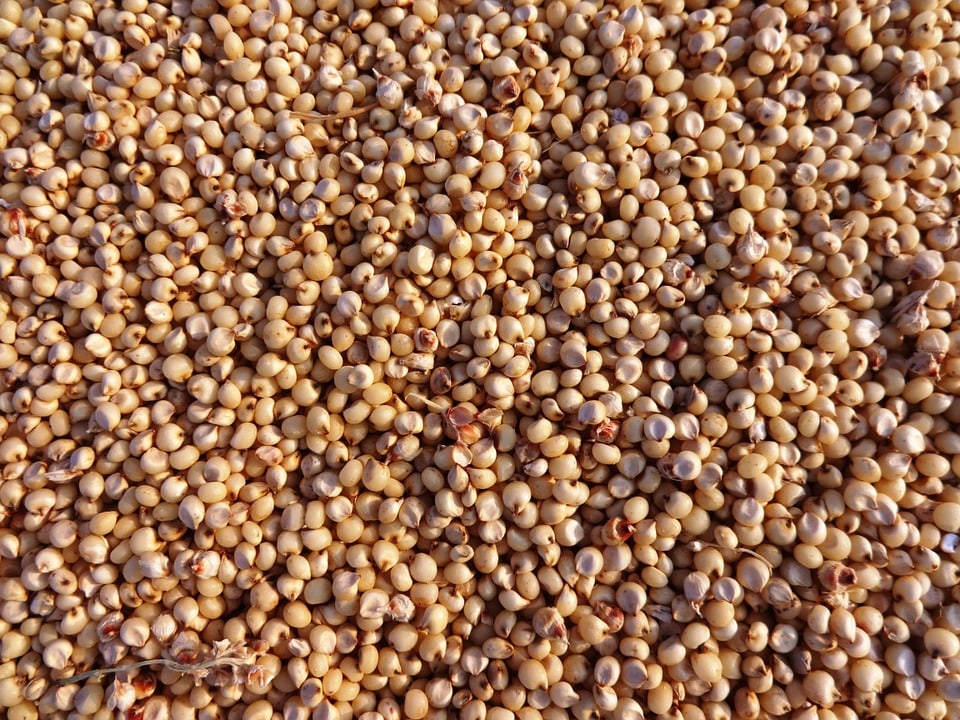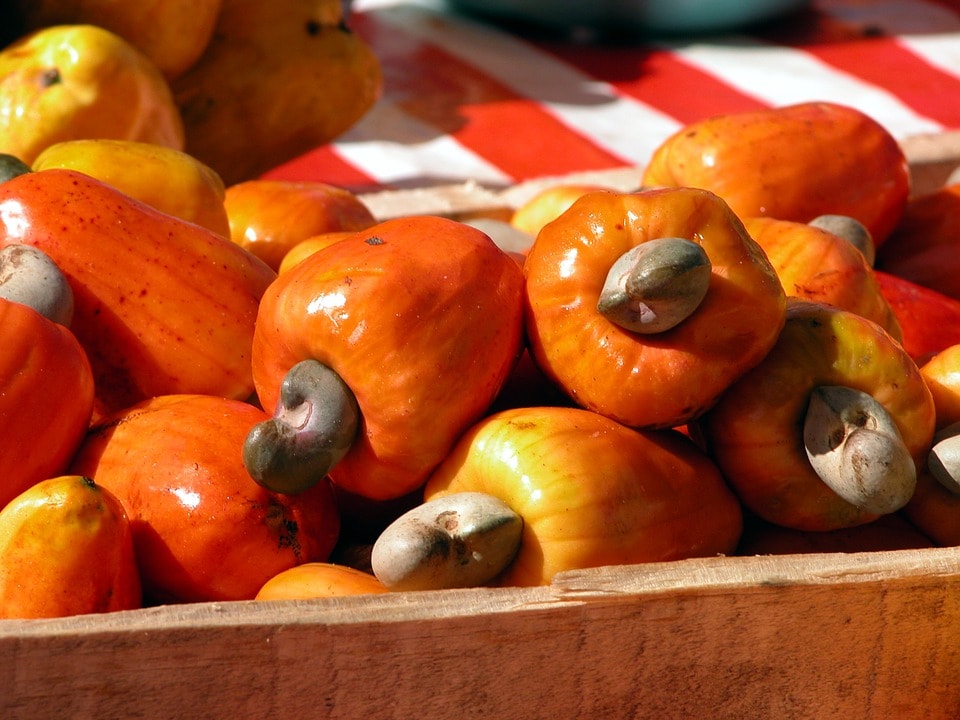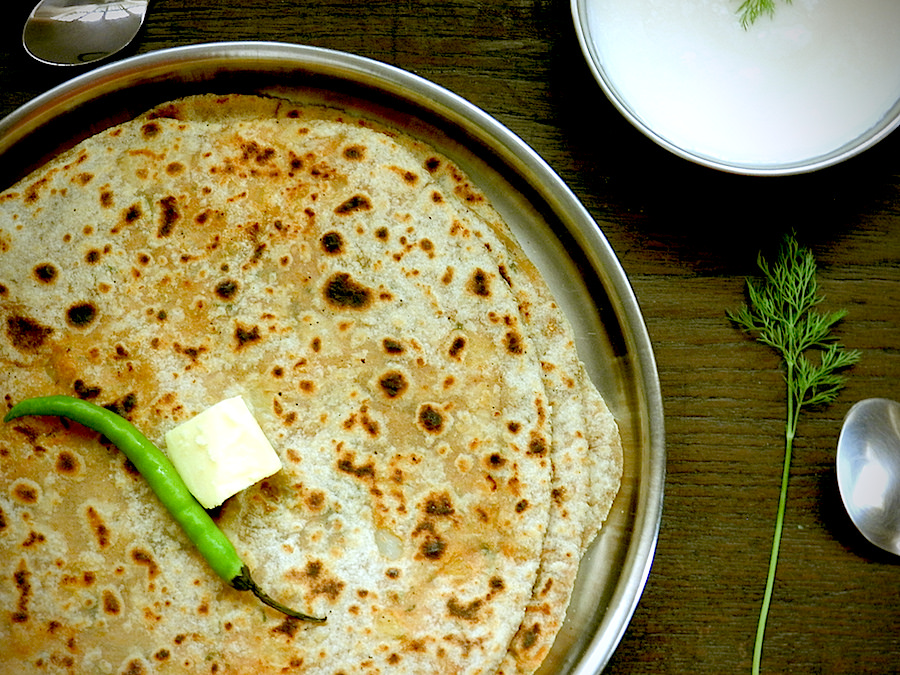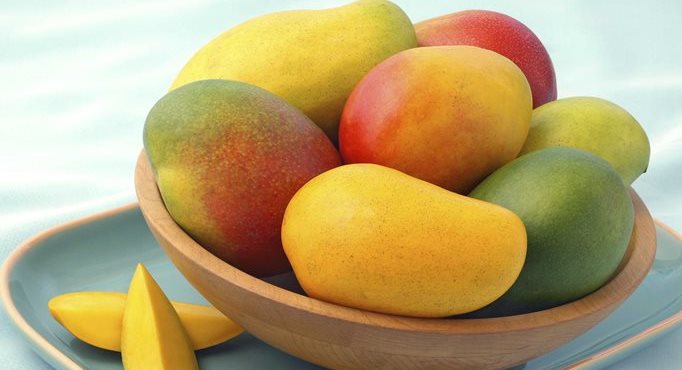
MANGOES: The Summer Fruit with Amazing Benefits
Mirza Ghalib has sung its praises and Rabindranath Tagore, Amir Khusro have written poems on it, mango is not called the ‘king’ of fruits for nothing.
Hailed by Ayurveda as ‘Sheeta’ (coolant) and ‘Laghu’ (light to digest), it makes for the ideal summer fruit for you.
And if it’s great taste makes you feel it cannot be healthy, then check out just 10 good reasons why you should “cool” your summer with mangoes!
1. DIABETES – Low in GI, mango is not only safe for diabetics but highly recommended as it delivers sustained energy without spiking the blood sugar levels
2. OVERWEIGHT – It is fat-free, cholesterol-free and does not make you fat even if you eat it every day. The soluble fibre, pectin along with the vitamins and minerals in it helps to keep you satiated and full for a longer time.
3. INFERTILITY– Abundant in Vit E, mango is called the ‘love fruit’ as it regulates sex hormones and boosts sex drive. Think Aamsutra!
4. BLOOD PRESSURE – Being an excellent source of Vit C, it works towards lowering the body’s blood pressure.
5. PCOD – Rich in Vit B6, a mango a day will help regulate hormones and reduce PMS
6. THYROID – The Magnesium in mango converts the inactive T4 thyroid hormone into the active form of T3, thus enhancing the metabolism of the body
7. CHOLESTEROL –The high levels of folic acid in it reduces serum cholesterol levels, especially the LDL cholesterol in the body
8. CONSTIPATION – The Prebiotic fibre it contains eases the bowel movement and keeps the digestive tract clean
9. ACNE – Vit A in mango makes it the skin’s best friend. It helps fight acne and is anti ageing
10. HEART DISEASE– Loaded with compounds called polyphenols which are strong antioxidants, it protects against heart disease and cancer.
No excuses, go grab a mango, right now!
Other Indian summer foods & drinks that will benefit you-



